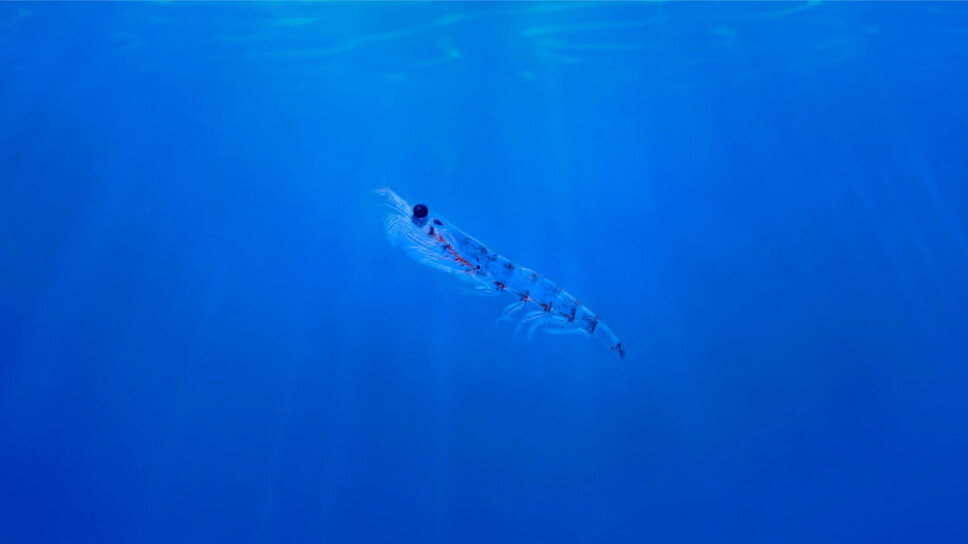
Seabream larvae fared better
with krill, study shows
Larvae fed marine phospholipids had superior growth and survival than those given soybean lecithin supplement
Seabream larvae fed a diet with 7% of krill phospholipids exhibited enhanced growth and survival, along with significantly less lipid (or fat) deposits in the intestine and liver compared to fish consuming a soybean lecithin diet, a study shows.
“The high survival rates and greater growth in the larvae fed 7% krill oil phospholipids shows that inclusion of krill in the feed ensures more of the important fatty acids are being absorbed and utilised by the fish,” Reda Saleh Azam, senior scientist at King Abdullah University of Science and Technology (KAUST), Saudi Arabia said in a press release from krill harvester Aker BioMarine.
“This is in line with previous research that shows that the phospholipid source is important, and krill oil phospholipids are consistently more effective in terms of health, growth and overall survival in fish.”
Five diets
Larvae were fed one of five diets: control, 7% krill phospholipids (KPL), 9% KPL, 7% soybean lecithin (SBL), or 9% SBL.
The diets were manually delivered to the fish 14 times per day over the course of one month. The larval sampling, to measure the effects of the five microdiets, was conducted on day 45 of the experiment.
As well as showing that supplementation of dietary krill oil phospholipids “significantly improved” the larval survival and growth, key findings of the study were that:
The overall omega-3 fatty acid composition in the body was highest in the larvae fed 7% and 9% krill oil phospholipids.
Fattier livers
The larvae fed the soybean lecithin and control diets exhibited significantly higher presence of large vacuoles of lipid droplets in the liver and intestine, indicating poor utilisation of the dietary lipids.
The inclusion of just 7% krill oil phospholipids resulted in a significant decrease in intestinal and hepatic steatosis, leading to better larval performance in terms of survival and length.
Saleh worked with researchers from Stirling University’s Institute of Aquaculture, and Universidad de Las Palmas de Gran Canaria, Spain.
The abstract of the study, published in the journal Aquaculture International, can be read here.























































